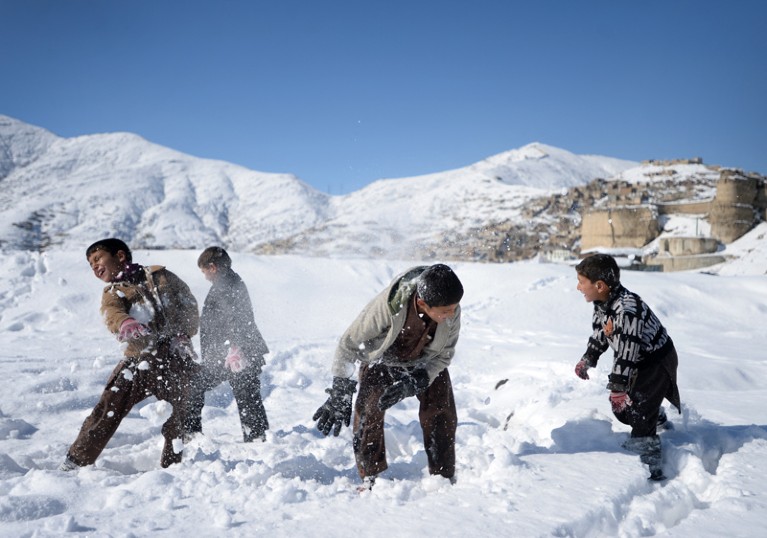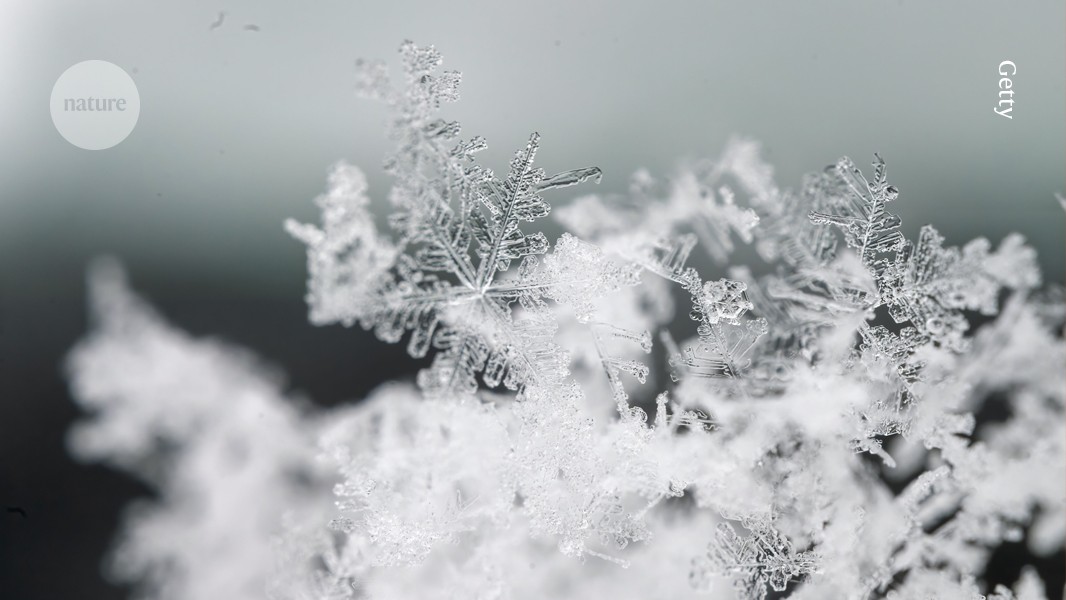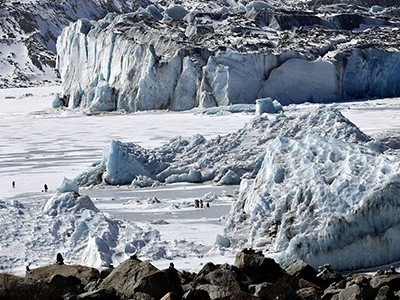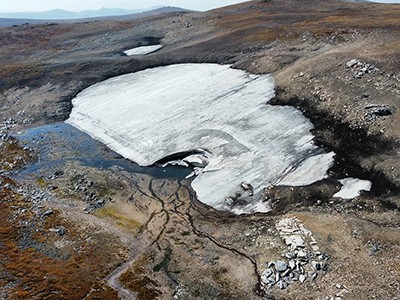Snö: A History Sverker Sörlin Doubleday (2025)
As a child growing up in northern Sweden, environmental historian Sverker Sörlin fell in love with snow. “I see the light outside, before I even open the slatted blinds. Snow! The miracle of whiteness is shining through the slats,” he recalls in his latest book, Snö.
Now, he fights for snow’s survival. And survive it must, Sörlin argues, if we’re to avoid droughts, sinking tundra fields and an overheated planet. With amazing anecdotes, emotive memories and pleas for climate action, Snö aims to galvanize readers.
Glaciers are not just blocks of ice — plans to save them mustn’t overlook their hidden life
A skiing trip to Norway’s Rondane Mountains marked a transcendent moment for Sörlin. After sundown, dozens of puddles started freezing over in the grass around his campsite, each making a distinct cracking sound. Sörlin felt at one with “the forces of nature, the whole solar system, at play in a condensed timescale”.
Snow’s distinctive soundscapes captivate. For instance, when microbiologist Emmanuelle Charpentier arrived in eastern Sweden to study the CRISPR gene-editing technology for which she won the 2020 chemistry Nobel prize, she heard the snow crunching under her feet whisper “crispr, crispr”.
And contrary to the myth, our voices are nowhere near loud enough to trigger an avalanche. With a pressure of 20 pascals, even the sound of a jet aeroplane taking off wouldn’t trigger a snowslide, and a human shriek hits just one-tenth of that. By contrast, a sonic boom creates 200 pascals, which certainly could shift some snow. Despite this evidence, Sörlin still wonders, “If I stood there on the loose snow again … would I really dare to scream?”
A flurry of research
Sörlin celebrates people who have sought answers to snow’s scientific mysteries.
In northern Japan in the 1930s, physicist Ukichiro Nakaya undertook fieldwork in the Hokkaido Mountains, which are notorious for their immense snowstorms. In perishing conditions, Nakaya grew obsessed with explaining the variety of snow crystals. By creating individual snowflakes on rabbit hairs in a low-temperature laboratory, Nakaya could assess the impacts of temperature and humidity on the crystals’ shape. Each of these ‘letters from heaven’ held crucial data about the atmospheric conditions in which they formed.

Children make the most of a snowy day in Kabul.Credit: Wakil Kohsar/AFP/Getty
Other snow-obsessed characters include Willi Dansgaard, a “brusque young physicist with wide-ranging interests and an unquenchable curiosity”, who worked, starting in the 1960s, with ice cores drilled from Greenland’s ice sheet. In the ice cores, Dansgaard’s team found snow dating back millennia, retaining what Sörlin calls “atmospheric labelling … a kind of microscopic message in a bottle”.
Climate change reveals secrets of our ancestors hidden in the ice
Greenland’s ice-core chemistry revealed sudden climate changes, tying in with Dansgaard’s interest as to why Norse communities left the island in the Middle Ages. Studies suggest that a drying climate was responsible for Norse people’s disappearance in the fifteenth century, because less grass was available for livestock in winter (B. Zhao et al. Sci. Adv. 8, eabm4346; 2022).




